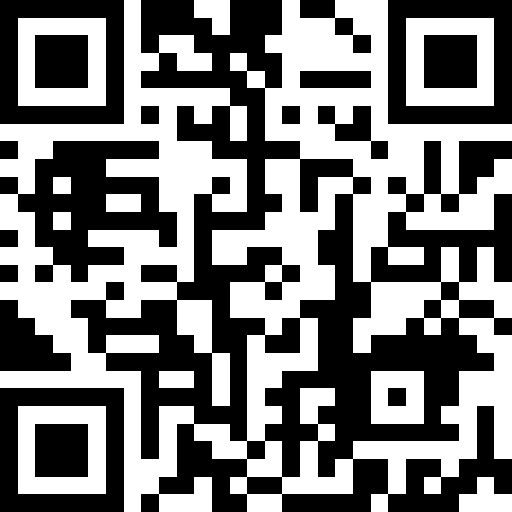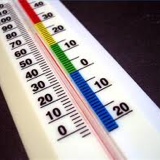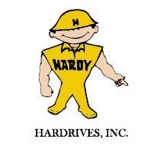Information
-
General Contractor name
-
Jobsite
-
Conducted on
-
Prepared by
-
Area of inspection, i.e. forth floor or penthouse, etc.
-
Superintendent(s)
1. Documentation
-
1.1 Has GC completed and signed TBT
-
1.2. Has GC a documented site safety inspection available for last 4 weeks
-
1.3. Has GC collected required TBT and safety inspections from sub-contractors?
2. Falls
-
2.1. Are fall hazards from height adequately protected on site?
-
2.2. Are proper connectors used for height of work?
-
2.3 Are all operators in aerial lift and scissor lift using fall protection?
-
2.4. Are walking areas clear and free from trip hazards?
-
2.5. Are tool tethers or ground barricades in place to protect from overhead work?
3. Scaffolds and Ladders
-
3.1 Has scaffold been inspected today before starting work?
-
3.2. Is foundation firm and level?
-
3.3. Have all necessary components been installed i.e. guardrail. Swing gate. End rails, cross bracing?
-
3.4. Ladder access available and secured to structure at 4:1 ration?
-
3.5. Are ladders used as intended?
-
3.5 Are ladders placed where secure?
4. Electrical
-
4.1 Are cords free from damages?
-
4.2. Is GFCI used for all electrical cords even with generators?
-
4.3 Are cords not placed in water or where sharps can damage?
-
4.4. Are temporary lights and power maintained safe?
5. Struck By hazards
-
5.1. Is there adequate protection and barricades around equipment?
-
5.2. Are lifted loads directed so not to swing overhead of those on site?
-
5.3. Are loads secured so not to allow tipping and falling?
-
5.4. Are unauthorized personnel restricted from steel erection areas?
6. Caught Between hazards
-
6.1. Are tradesmen kept from unnecessary pinch points?
-
6.2. Are riggers and other workers clear of loads where they could get crushed or caught between?
-
6.3. Are forklift operators wearing seatbelts?
7. Other recommended hazards
-
7.1. Are provisions given to ergonomics of each manual task?
-
7.2. Are there adequate workers to rotate during manual labor?
-
7.3. Is there equipment available to limit employee lifting?
-
7.4. When carrying long loads, (8 foot or more) are 2 employees utilized?
11. Personal Protective Equipment (PPE)
-
11.1. Is proper PPE available to employees?
-
11.2. Are employees using PPE correctly and caring for same?
-
11.3. Is all PPE used as per GC and JT Murphy requirements?
12. Silica Protection
-
12.1. Are silica producing tasks described within OSHA table 1 outline?
-
12.2. Are table 1 safety methods being used completely?
-
12.3. When cutting, chipping or grinding are 2 forms of face/eye protection used?
-
12.4. Is concrete slurry vacuumed up before it dries?
15. Administrative Procedures
-
15.1. Lack of/or inadequate Site Safety Plan?
-
15.2. Failure to complete permits, i.e. hot work, confined spaces, etc.?
-
15.3. Is there at least one competent person on site while work is active?
-
15.4. Lack of/or inadequate training, licenses, skills, experience?
-
15.5. Lack of/or inadequate Safe Work written plan for high risk tasks?
-
15.6. Lack of/or inadequate incident notification procedures?
-
15.7. Have safety inspections and tool box talks been completed?
-
15.8. Lack of/or inadequate consultative arrangements?
Corrective Actions
-
Enter any corrective actions that will be undertaken
Sign Off
-
On site representative
-
Auditor's signature














